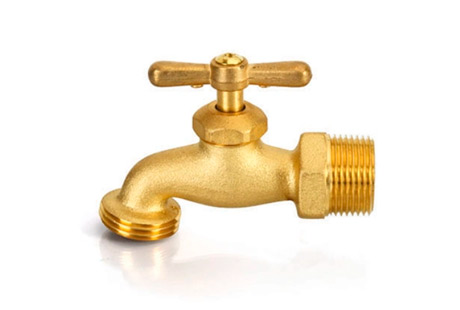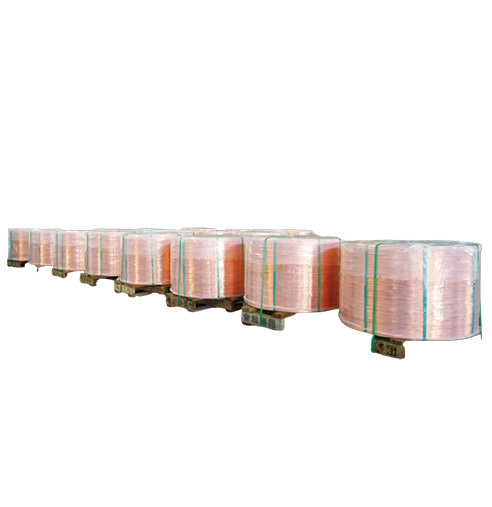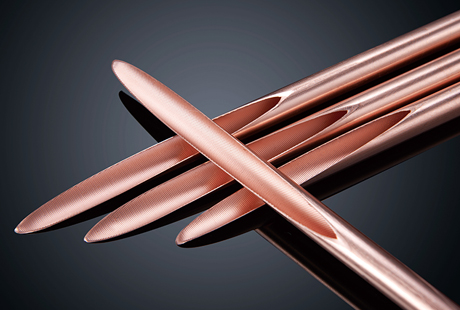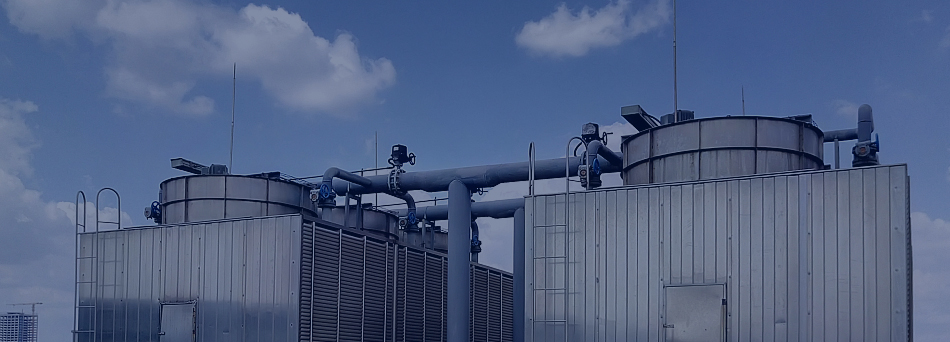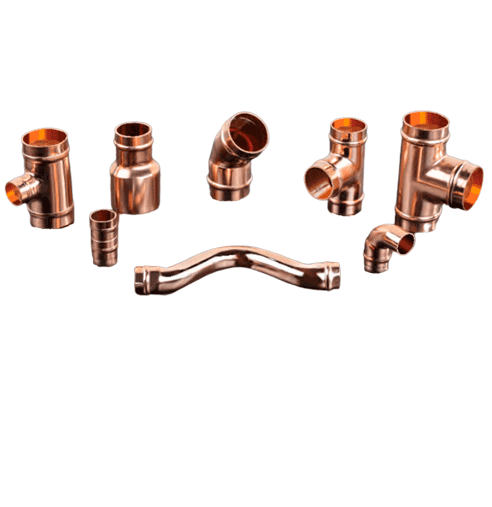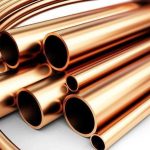First, let's understand the requirements of the national standard copper busbar GB/T 5585.1-2018 Copper and Aluminum Busbars for Electrical Use Part 1: Copper and Copper Alloy Busbars:
Chemical composition of copper and copper alloy busbars
The chemical composition of copper and copper alloy busbars shall comply with the provisions of Table 1
Table 1 Chemical Composition of Copper and Copper Alloy Busbars |
Model | Name | Chemical Composition % |
Copper plus silver no less than | Silver content |
TM | Copper Busbar | 99.90 | - |
TH1M | Category One Silver-Copper Alloy Busbar | 99.90 | 0.08-0.15 |
TH12M | Category Two Silver-Copper Alloy Busbar | 99.90 | 0.16-0.25 |
Dimensions and Tolerances
The range of cross-sectional dimensions for copper and copper alloy busbars is:
—2.24≤a≤50.00mm;
—16.00≤b ≤400.00mm.
From the above, it can be seen that it is not accurate to say that the copper busbars we use are made of pure copper. It should be precisely noted as T2 pure copper busbars. Pure copper can be divided into T1, T2, T3, T4, among which the copper and silver content of T2 is greater than or equal to 99.9%. Therefore, the copper busbars actually used are mainly T2. The copper busbars mentioned here are mainly conductive materials and do not include terminals. Although pure copper is one of the preferred conductive materials in the power system, different materials are used according to specific needs to achieve the best performance and economic efficiency in practical applications. For example, brass, despite its relatively high resistivity and unsuitability for main conductive parts, has better mechanical properties and corrosion resistance, making it suitable for manufacturing auxiliary parts such as screws, fasteners, or shells. Other examples include tellurium copper and tin-phosphor bronze, which are often used for specific mechanical properties in switches, sockets, connectors, etc., due to their wear resistance and elasticity.
Three main reasons for tinned copper bars
Improving electrical conductivity
The tin-plated layer can keep the copper busbar surface clean, providing a smooth and uniform contact surface, thus reducing contact resistance. The alloying reaction between copper and tin makes the conductivity of tin-plated copper more stable, resulting in higher current-carrying capacity compared to traditional pure copper wires.
Preventing oxidation
In humid or oxygenated environments, copper easily oxidizes to form a layer of poor conductivity called patina. This not only affects the conductivity of copper but also increases contact resistance, leading to higher temperature rise. The tin-plated layer can effectively block oxygen and water vapor, preventing the oxidation of the copper busbar and maintaining its good electrical conductivity.
Enhancing heat dissipation
The thermal emissivity of tin and tin oxide differs. Theoretical maximum emissivity of an absolute black body is 1, but the emissivity of polished pure copper is only 0.15. Tin-plating the surface of the copper busbar helps in heat radiation dissipation, which is crucial for safe operation in applications with high current density.
Improving corrosion resistance
Copper is a metal that easily oxidizes and forms patina in the air, which leads to decreased electrical conductivity and structural strength. Tin-plating the surface of the copper busbar can effectively prevent reaction and corrosion caused by the external environment, significantly enhancing its corrosion resistance and prolonging its service life, especially in humid, salty, or chemically corrosive environments.
Enhancing solderability
Tin is an excellent soldering material. Tinned copper bars are easier to solder with other metal components, even without flux, improving production efficiency and soldering quality.
Therefore, tinned copper bars are widely used in power systems, the electronics industry, aerospace, communication equipment, and new energy vehicles. Jintian Copper is a copper busbar factory producing T2 and TMY copper busbars, with production bases in Jiangsu, Ningbo, and Guangdong. Feel free to contact us at 0574-83005999 for inquiries.

 English
English 日本語
日本語 한국어
한국어 français
français Deutsch
Deutsch Español
Español italiano
italiano العربية
العربية tiếng việt
tiếng việt Türkçe
Türkçe ไทย
ไทย 中文
中文
